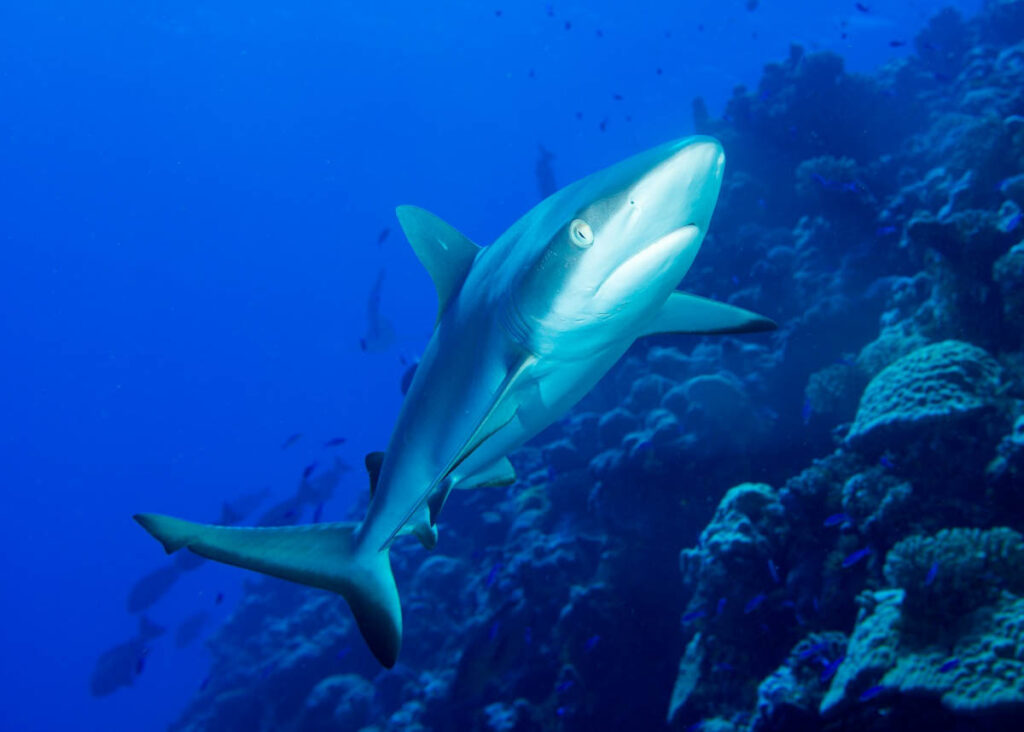Capturing the mesmerizing beauty of the underwater world has long been a pursuit of photographers seeking to showcase the wonders hidden beneath the surface. Whether you’re diving in vibrant coral reefs or exploring the depths of mysterious shipwrecks, mastering the art of underwater photography requires a unique set of skills and techniques. In this comprehensive guide, we delve into the essential tips and tricks to help you elevate your underwater photography game.
1. Equipment Selection:
Before plunging into the depths, it’s crucial to equip yourself with the right gear. Invest in a reliable underwater camera housing that suits your specific camera model to ensure waterproof protection. Additionally, opt for high-quality lenses designed for underwater use to capture sharp and vibrant images. Consider investing in external strobes or underwater lights to illuminate subjects in the dimly lit underwater environment.
Related: Dive into the Depths with the Top Highest Rated Underwater Cameras on Amazon
2. Master Buoyancy Control:
Achieving proper buoyancy control is essential for stable underwater photography. Practice maintaining a neutral buoyancy to glide effortlessly through the water without disturbing marine life or stirring up sediment. This not only enhances the safety of your dive but also allows you to focus on composing the perfect shot without the distraction of erratic movements.
3. Understand Light and Color:
Light behaves differently underwater compared to on land, with water absorbing and scattering different wavelengths at varying depths. As you descend, the intensity and color spectrum of natural light diminish, resulting in a bluish tint in your images. To counteract this effect, utilize artificial light sources such as strobes or underwater lights to restore color balance and add depth to your photographs. Experiment with different angles and positioning of light sources to create dramatic lighting effects and highlight the intricate details of your subjects.
4. Composition and Framing:
Compose your shots thoughtfully to capture compelling underwater scenes. Pay attention to elements such as leading lines, patterns, and symmetry to create visually striking compositions. Experiment with different perspectives by shooting from below, above, or eye level to add variety to your portfolio. Remember to leave ample negative space around your subjects to avoid cluttered compositions and draw attention to the main focal point.
5. Patience and Persistence:
Underwater photography requires patience and persistence to achieve remarkable results. Marine life can be unpredictable, so be prepared to wait for the perfect moment to capture a captivating interaction or behavior. Practice mindfulness and respect for the underwater environment, allowing marine creatures to dictate the pace of your shoot. Embrace the serendipity of underwater photography and remain adaptable to unexpected opportunities that may arise.
6. Post-Processing Techniques:
Post-processing plays a crucial role in enhancing and refining your underwater images. Use editing software such as Adobe Lightroom or Photoshop to adjust white balance, contrast, and color saturation to achieve a natural-looking image. Pay attention to detail while removing backscatter, unwanted distractions, or imperfections from your photographs. Experiment with creative editing techniques to add depth and dimension to your underwater images while staying true to the integrity of the scene.
7. Dive Safety and Environmental Conservation:
Above all, prioritize dive safety and environmental conservation while practicing underwater photography. Familiarize yourself with dive protocols and safety procedures to mitigate risks and ensure a safe diving experience. Respect marine life and underwater ecosystems by adhering to responsible diving practices, such as maintaining a safe distance from fragile corals and refraining from touching or disturbing marine creatures. Minimize your environmental footprint by using reef-safe sunscreen and avoiding the use of invasive photography techniques that may harm marine life or habitats. Take only photographs and leave only bubbles, leaving the underwater world pristine for future generations to enjoy.
Conclusion:
Mastering the art of underwater photography requires a combination of technical skill, creative vision, and a deep appreciation for the beauty of the marine environment. By selecting the right equipment, mastering buoyancy control, understanding light and color, and practicing thoughtful composition, you can capture breathtaking images that showcase the wonders of the underwater world. Remember to approach underwater photography with patience, respect, and a commitment to dive safety and environmental conservation. With dedication and practice, you’ll unlock the secrets of the ocean and create stunning images that inspire and captivate audiences worldwide. So, grab your camera, dive into the depths, and embark on an unforgettable underwater photography adventure.





